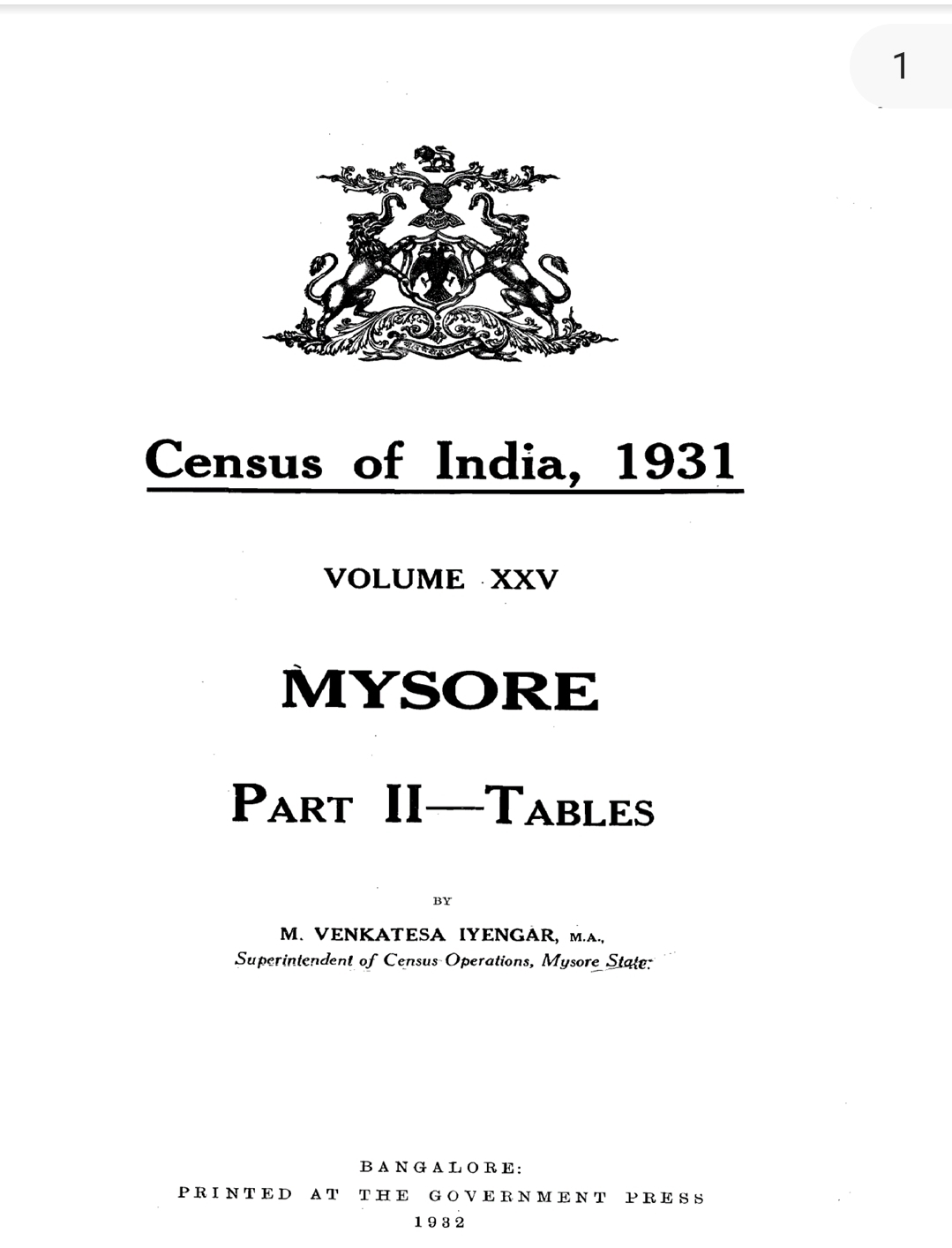"Lord Shiva: The Cosmic Evolution of the Eternal Yogi and Destroyer"
The concept and image of Lord Shiva have evolved significantly over millennia in Sanatana Dharma, from his origins in the Vedic period to his prominent role in later texts and traditions.
Here's an overview of Shiva's evolution:
In the earliest Hindu texts, the Vedas, we don’t directly encounter "Shiva" as he is known today, but we do see deities with characteristics that later merge into his form. The most significant precursor is Rudra, a fierce and fearsome deity often associated with storms, the wilderness, and healing. Rudra is described as a wild, powerful figure who could bring disease but was also invoked for healing.
Rudra is seen as both destructive and benevolent, embodying traits that will later be central to Shiva. The Rigveda calls him the "Bolo" and he is worshipped for his potential to be either wrathful or merciful.
Over time, Rudra evolved into a more complex deity as the tradition shifted toward more monotheistic tendencies. Rudra’s role became gentler, and his name began to be associated with Shiva ("The Auspicious One").
The concept of Shiva as a supreme god began taking shape, and he was gradually recognized as the embodiment of cosmic balance, merging destruction and creation, wrath and compassion.
Shiva’s iconography and mythology began to develop, and he was gradually associated with symbols like the trident, the bull Nandi, the sacred ash, and the crescent moon.
In the Mahabharata, Ramayana, and various Puranas further enriched Shiva’s character and narrative. Here, Shiva is portrayed as both a cosmic god and a personal deity, a lord of ascetics, and a compassionate protector.
Stories of Shiva’s family, including his consort Parvati, sons Ganesha and Kartikeya, and his role in cosmic events like Samudra Manthan, and the destruction of Tripura, became central.
In the Puranas, Shiva is also associated with the linga,and becomes central to Shaivism, a tradition that reveres him as the Supreme God.
Tantric texts and practices deeply influenced Shiva’s representation. In Tantric Shaivism, Shiva is not just a god of destruction but the absolute reality, the Brahman, transcending both creation and annihilation.
This period emphasized Shiva’s duality, seen in depictions like Ardhanarishvara, symbolizing the union of male and female, or in his terrifying forms like Bhairava, which symbolize his unbounded nature.
Tantric texts like the Shiva Agamas provided rituals and philosophies that revered Shiva as the source of both transcendental knowledge and worldly power.
During the medieval period, the Bhakti movement brought a devotional aspect to Shiva worship, making it more accessible. Devotees like Appar, Sundarar, Sambandar, and Manikkavacakar in Tamil Nadu sang hymns celebrating Shiva as the loving god who is ever accessible to his devotees.
The Nayanars, spread the concept of Shiva as both a personal god and the Supreme Being. Their devotion highlighted Shiva's approachable, compassionate nature and helped integrate him into daily life.
In North India, medieval poets and saints like Tulsidas and Ravidas emphasized Shiva’s merciful, benevolent aspects, blending Shiva worship with the broader Bhakti movement.
Today, Lord Shiva is one of the most popular deities in Hinduism. He is seen as the embodiment of paradoxes creator and destroyer, meditator and dancer, ascetic and householder.
Shiva's image has grown to become universal and flexible. He appeals across social, geographical, and philosophical boundaries and has become a central figure not only in traditional practices but also in contemporary spiritual, philosophical, and even pop culture contexts.
His association with yoga and meditation has further strengthened his image as a symbol of peace, asceticism, and cosmic awareness in both Sanatan Dharma and global spiritual movements.
Shiva’s evolution mirrors humanity’s quest for understanding the universe’s complexity. His iconic poses, from the meditative Shiva to the Nataraja, embody cosmic rhythm, while symbols like the linga represent the cycle of existence.
The many layers of Shiva’s character from a tribal deity to the cosmic consciousness highlight his timeless relevance, embodying both the personal connection and the vast mysteries of the universe.
Om Namah Shivaya 🔱
Follow the Devanga's Vidhana channel on WhatsApp: https://whatsapp.com/channel/0029Va47xLnEAKWJmneqr60I
#828





Comments
Post a Comment